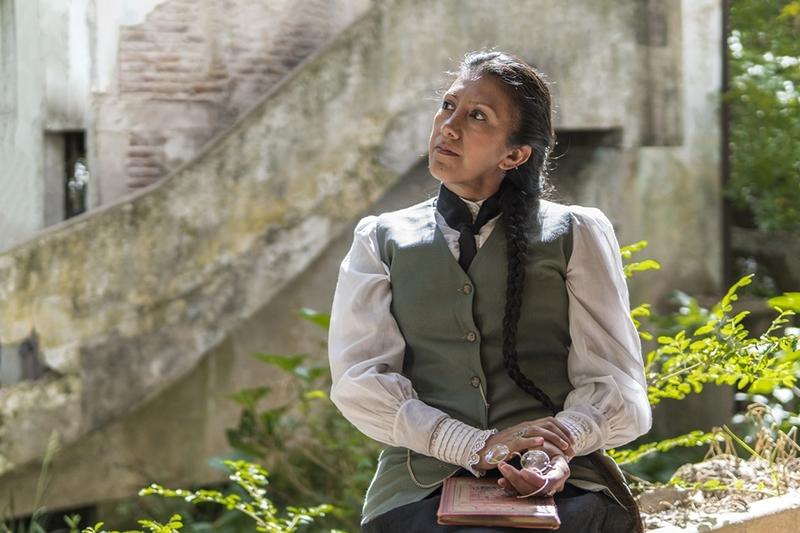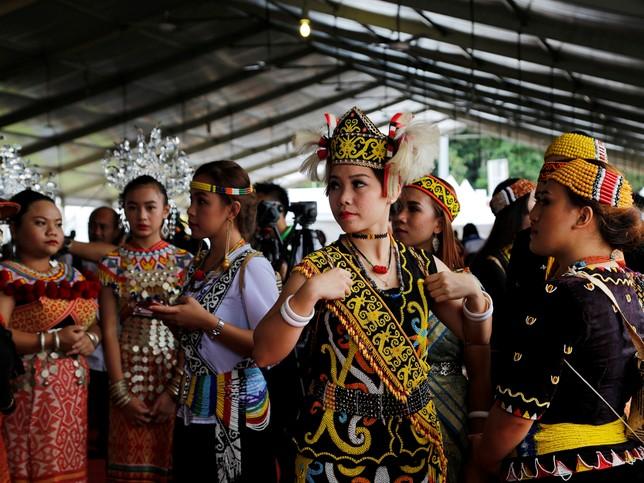Incorporating Indigenous knowledge into university curricula is a vital step towards creating more inclusive, diverse and holistic educational environments that reflect any given university’s Land Acknowledgement.
My ancestors are from Kuskatan, the Nahua territory in El Salvador, and my commitment to amplifying Indigenous perspectives in academia has fuelled my research on Mesoamerica. The US state of Virginia is home to 11 Indigenous nations, and Virginia Tech’s Blacksburg campus sits on Tutelo/Monacan Nation land. As a land-grant university, Virginia Tech’s mission includes actively reaching out to underserved communities throughout the commonwealth. As such, empowering Indigenous peoples is an institutional responsibility.
- Read more: how can institutions centre Indigenous knowledge?
- Fulfilling a mission and serving Indigenous students
- Indigenising teaching and learning through the Big Five ideas of traditional knowledge
Indigenous knowledge systems offer valuable perspectives that complement and challenge conventional academic knowledge. Below, I offer actionable and inter-related strategies that can help university faculty to integrate Indigenous knowledge into their teaching.
Combine scholarship with experiences
One of the best ways to amplify Indigenous voices is to have Indigenous voices in the academy. Non-Indigenous faculty can also support Indigenous faculty and students on campus, propel Indigenous scholarship, methodologies and theories in the classroom, and responsibly bring Indigenous experts on to dissertation and thesis committees as leaders.
Indigenous teaching methods, which emphasise experiential learning, storytelling and communal learning, can be woven into academic frameworks, and faculty can adopt more interactive, participatory forms of education. For example, one of the classes I teach is on historical methods, a required course for all undergraduate history students. I provide students with a heavy dose of Indigenous-authored scholarship by scholars such as Linda Tuhiwai-Smith, Adam Gaudry, Eve Tuck, Vine Deloria, Gerald Vizenor, Shannon Speed and Thomas Holm.
The historical methods class requires all students to write a 12- to 15-page research paper on a facet of Virginia Indigenous history. I push the students to tackle topics such as race-crafting, which is the creation of racial categories and the illusion that race exists. With student consent, we share their papers with pertinent Indigenous Nations so they can also benefit from the research. This aligns with Indigenous methodologies of reciprocity – students benefit from the research by learning and fulfilling class requirements, and they then give back by offering their study and bibliography to the community.
Meeting Indigenous people in person and listening to their stories truly humanises and personalises research. I partner with people and groups on campus to give students additional experiential dimensions. Melissa Faircloth (Coharie), who is director of the Indigenous Community Center, encourages my students to present their work at the annual intertribal powwow, which celebrates Indigenous traditions and histories. I also work with the elder/Indigenous fellow-in-residence programme. Bringing an elder into the classroom is always an immersive experience for students.
Also, I take my classes to Solitude, the oldest building on campus, which has a long history with a painful past. Victoria Persinger Ferguson, who directs Solitude, is an enrolled citizen of the Monacan Indian Nation and has spent 25 years investigating Eastern Siouan peoples. She is a gifted storyteller whose lived experience and research deeply resonate with student and faculty audiences.
Collaborate with Indigenous communities
Building authentic relationships with Indigenous communities in the region, the nation and even worldwide is essential. Guest lecturers, field trips to Indigenous nations or co-teaching arrangements with community members are practical ways to integrate lived experiences into the classroom. Once relationships have been properly established, faculty can work directly with Indigenous leaders, elders and knowledge keepers to co-develop course content that accurately reflects Indigenous worldviews and knowledge systems.
Adapt course content
Faculty can revise their curricula to incorporate Indigenous perspectives on subjects such as environmental science, history, health and governance. For example, in health sciences, traditional Indigenous medicine and holistic well-being practices provide a complementary view to Western healthcare models. In my own research pertaining to Nahua communities in Central Mexico, I concluded that female healers (titiçih) not only helped women give birth but also served as healing specialists who executed important ceremonies, practices that continue to this day.
Acknowledge historical contexts to retain an open mind
Understanding and addressing the historical and ongoing impacts of colonisation is crucial when incorporating Indigenous knowledge into the curriculum so students understand that Indigenous people yet live.
We also need to address that what students are taught in school may at times conflict with what really happened in the past. From its inception, the United States’ social, legal and economic institutions used the constructs of race and property to establish and maintain the subordination of non-white peoples. Many of these stereotypes persist and continue to inflict damage today.
Exercise due caution
Finally, we need to be careful about the terms we use when discussing Indigenous people. In the classroom, I discuss the origins of the word “Indian” and its Spanish cognate with students. We learn about “exonyms” (what others call us) and “endonyms” (what we call ourselves) and the importance of calling people what they want to be called.
Discussions and assignments in my classroom challenge students to understand that the practices and knowledge of native peoples are not inferior to Western thought. They’re different but not less valid. My students at graduate and undergraduate level learn that we must work with Indigenous peoples, not on them. This is a crucial difference, one that implies and celebrates accountability, reciprocity, mutual respect and collaboration.
The Indigenous peoples of our world have knowledge and wisdom that connect the present to the past, and – more importantly – to the future. By integrating Indigenous knowledge, universities can broaden the scope of education, engendering respect for pluriverse realities and truths that tolerate and embrace diverse perspectives. This will benefit us all as we engage with complex global challenges in a more nuanced and sensitive manner.
Edward Polanco is an assistant professor of history and director of the Indigenous studies programme at Virginia Tech.
If you would like advice and insight from academics and university staff delivered direct to your inbox each week, sign up for the Campus newsletter.




comment